It all begins when I spot a photo in another teacher’s classroom. It shows his wife and two children in what I assume are Mongolian or Tibetan robes, smiling in front of a vast green landscape.
I must admit I’m not an expert on cultural clothing, but the fact that we are in Shanghai definitely helps me make a guess. But right enough, this photo was taken on the Tibetan Plateau, somewhere near the border of the Chinese provinces of Gansu and Sichuan.
The Tibetan Plateau, or Bod in Tibetan, is the highest region on Earth. It spreads across the Tibet Autonomous Region as well as parts of northern India and west and southwest China. It is often called the roof of the world as it stands at 4900 metres above sea level and is surrounded by mountain ranges on each side. This magical, spiritual place has drawn European travellers for 500 years, and we were two more about to fall under its spell.
And so our adventure begins
We head to Langmusi, a tiny village on the Gansu/Sichuan border in the Amdo region. There we meet our guide for the next four days, Tsede, a Tibetan cattle herder. He lives just outside the village with his parents, wife, and son, and when he’s not with his cattle he guides hikers across the surrounding plateau and mountains.
Considering it is only just the end of winter and there is still snow in the village, Tsede seems slightly unprepared. He is wearing jeans, trainers, and what looks like quite a thin jacket compared to our full winter walking outfits and boots. Or maybe we’re the ridiculous ones; this is his home after all.
So after stocking up on water and emergency Snickers bars, and hearing about wild dogs and wolves, we set off into the mountains. Two hours in we realise two things: that we are very grateful for our training regime in Shanghai, and that there is something very special about this place.
After reaching our first snow-capped peak and creating a Titanic-style photo, we descend into a gentler section of straw-coloured rolling hills, where we take a break. Tsede is massaging his calves whilst we feel fit and ready for more. We have been taking the stairs to our 11th floor apartment for the last two months after all! As we continue walking, we talk. We want to know what it’s like living in a place that to us seems so remote.
What do Tibetans eat, drink, believe? How do they keep themselves and their homes warm? How scared should we really be of the wild dogs?
We ask Tsede these questions and so many more, and he honestly and thoughtfully answers them all; sometimes with a chuckle when he thinks it’s an odd one. And as the sun sets and we walk into our first home away from home I know we’re with someone we can trust.
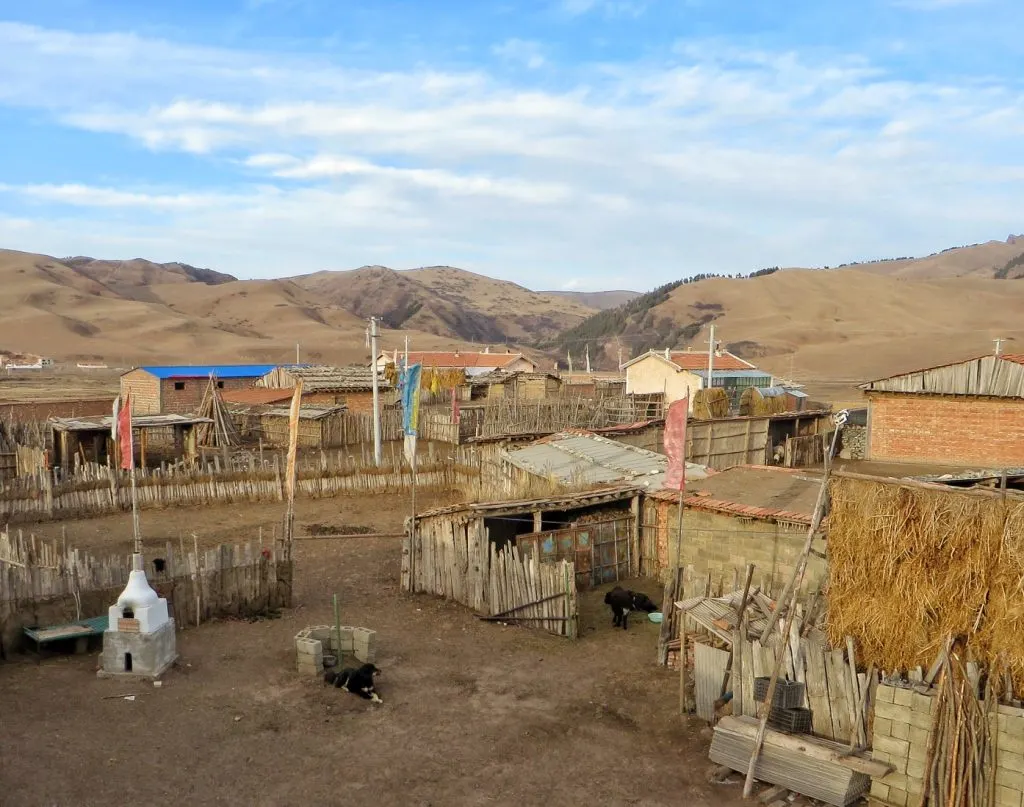
Breathtaking landscapes and a cosy kang
After a night of wolf spotting (no wolves spotted) and then snuggling up in several layers, we’re eager and ready for day two.
We bid farewell to the older couple whose house we invaded; they get on with farming chores, and we get on with walking. We walk under perfect blue skies across yellow and green meadows. We stop and watch marmots coming to life after winter and scurrying around.
We spot hares darting across the grass while we eat our lunch. And of course we ask more questions. Perhaps because we’re all speaking in a language we’re not that used to, we take it slow and make all the words very clear. For the first time we are having a real two-way conversation in Mandarin, and it feels good.
After lunch it’s time for us to work our way towards our second host family and we descend through a forest. As we walk down the trail we can see that it goes on and on, covering the rolling mountains until they turn into sharper snow-covered peaks.
One thing that makes this place special is the landscape. It is literally and metaphorically breathtaking. It’s bloody hard work walking uphill or through snow at 3000/4000 metres, but the views and the feeling that you’re free make it worth it. It is majestic and powerful and beautiful, but more than that it is peaceful. This sense of peace is something that has always eluded me, but now I know it’s possible.
It is cold outside this evening, but we are nice and cosy because of the kang, a stove under a raised floor that is regularly replenished with cow dung. We all sit in the family living room and do our own thing, but together. The husband, wife, and grandmother make tea, bring in wood, make a phone call, or eat. At different points throughout the evening they all sit and focus and pray, gently swirling their prayer wheels in their hands.
We eat with Tsede, talk, try to learn some Tibetan words, read a little and just sit in the warm. It’s almost like we’re not there, and trust me I do not mean this in a bad way. It feels like it’s so normal for us to be there that it doesn’t warrant any special behaviour.
Here no one is tripping over themselves to bring you tea or insist you sit down. We are just a group of people eating, warming up and resting together. And this is another reason I think this place is special.
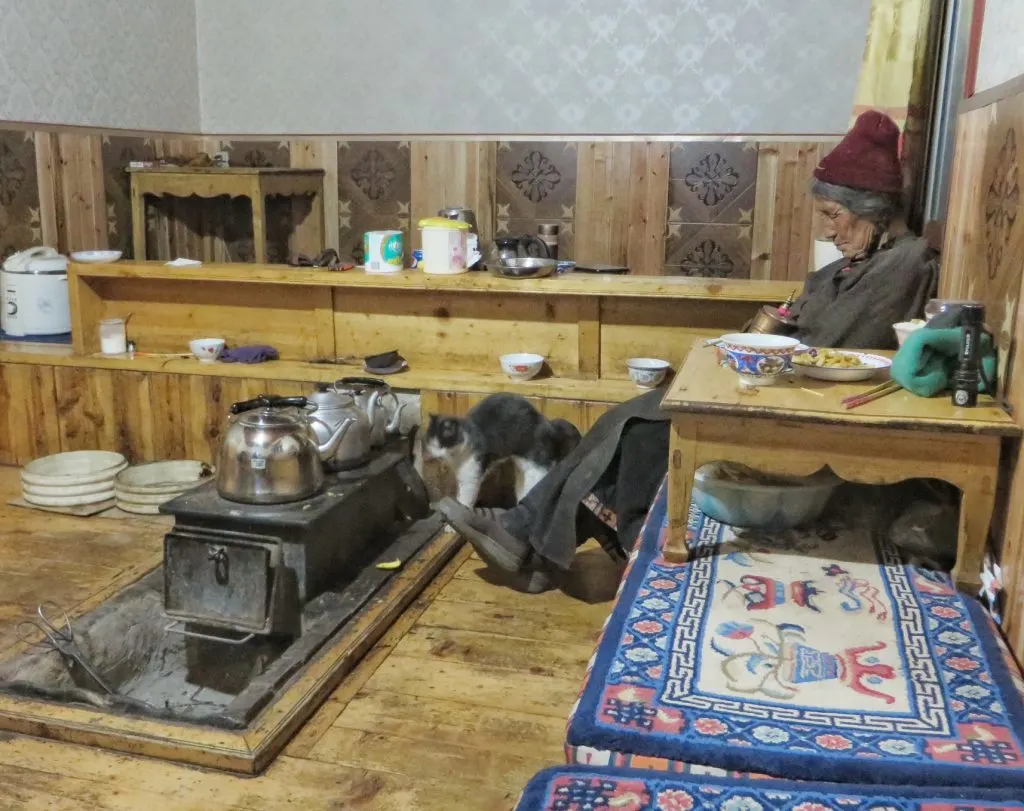
Wolf prints in the snow
After a night on a rather short bed in an unheated room we scramble down the ladder to the heat-filled living room. The kang seems to go continuously during the cold weather, and for this we are very grateful.
Whilst we tuck into leftover vegetables and potatoes for breakfast the women of the family are bustling in and out of the room. Clearly they’ve been up and productive for a while and are now taking a break for their breakfast. “Tsampa is what Tibetans eat,” Tsede tells us, as a vast plastic container of roasted barley flour appears.
It is opened and the mother scoops a couple of handfuls into a shallow metal bowl. A little yak butter tea is added and she uses her right hand to stir it round until it is a sticky dough like consistency. She then eats this with her hand whilst she chats away to her mum. This is something they do every day, and us being there doesn’t change it.
After breakfast they get back to work and we set off on our last full day walking. Today we’ll do a round trip, so we’ll see the family this evening, around the kang no doubt. Tsede tells us today will be hard, we’ll be going uphill and it may be snowy. He isn’t lying.
We start with a steep scramble, made to feel even more unfit as a cow herder in his sixties easily passes us. Whilst Tsede helps him usher the cows forward, we pant and wheeze and slowly make our way up, until we are knee-deep in snow.
Of course we stop and the three of us do a little selfie photo shoot in the snow; it’s not something we see every day. As we reach the top of our climb it is beginning to feel hot; this high up there doesn’t seem to be much between us and the sun. Now I can understand why it’s called the roof of the world.
So we rest, eat, and do some jumping photos before we start our descent. It almost seems as though Tsede has saved the most daring part of the hike for the end. We are walking back on a frozen river, not always sure it will hold our weight.
But it is astoundingly beautiful, with sheer, rocky mountains flanking us on each side. We can just imagine wolves perched on the edges howling to each other across the river below. Then Tsede spots something lying on the ice and beckons us over. It’s a fresh sheep carcass and a pair of small and large wolf prints in the snow.
We are excited and in awe, and look up immediately to search for this elusive mother and her cub. But of course they’re long gone. For us it is not a great disappointment, knowing they are out there and maybe even looking down on us is enough.
It has been an exciting and tiring day. We sit for a while in the living room, speaking with the mother and hearing about her sons that are in faraway monasteries. She is proud of them and she misses them, but she is happy because one will visit home soon.
We head off to bed, leaving her chatting with her mother, thinking about how our trip is almost over. But we will have one more stop before we head back to Langmusi, one that we are really looking forward to. Tsede has invited us to his family home, about an hour’s walk outside Langmusi.
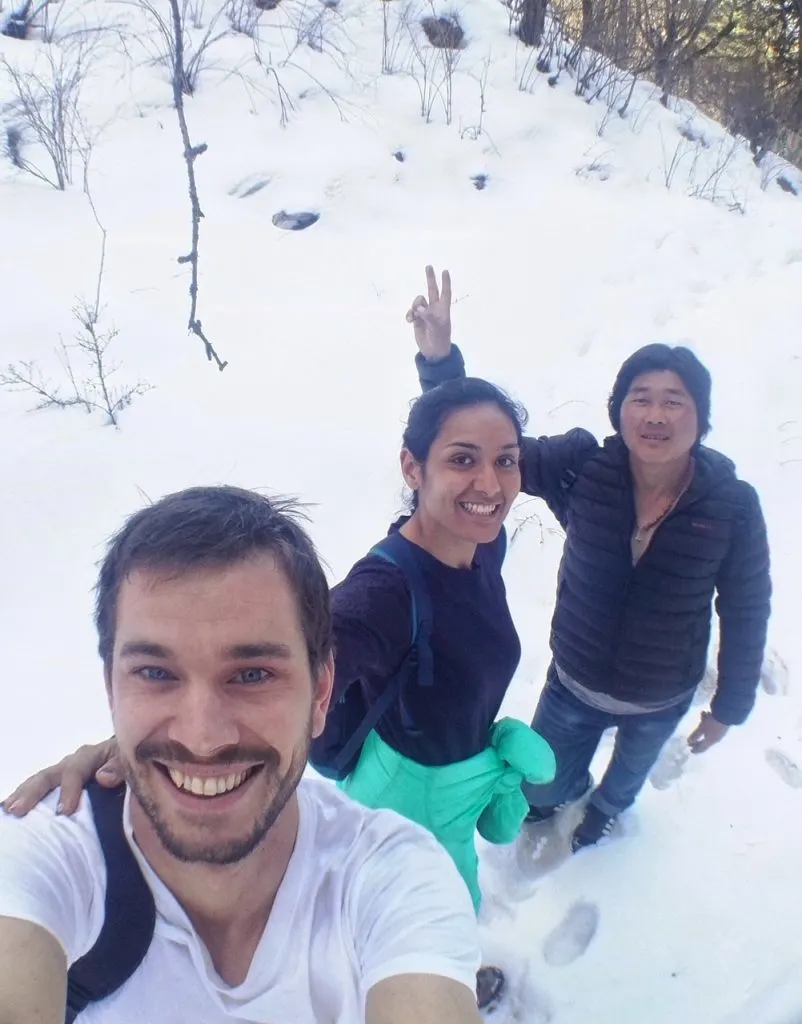
Meeting the family
A very excitable dog greets us (well, Tsede actually) as we arrive at the home he shares with his parents, wife, and son. His wife and son are not home, but his father bundles us into their living room, onto two chairs by the kang.
The house is made of wooden panels and is spotless, warm, and inviting. We sit drinking milk and eating Tibetan dumplings, explaining to his dad where we come from and what it’s like there. He is a short man with an enormous smile, and is very chatty compared to Tsede. Perhaps Tsede takes after his mother, who pops into the room every now and then, but generally gets on with her jobs.
After a while Tsede wants to show us where his cows roam. He takes us to the outskirts of the village and points out into the vast Tibetan Landscape. And this is sadly where we say goodbye to our cattle-herding, trainer-wearing mountain guide. He has looked after us and introduced us to a very special place. A place he says we have to visit in June when all the flowers are out and unbelievably it would be even more beautiful.
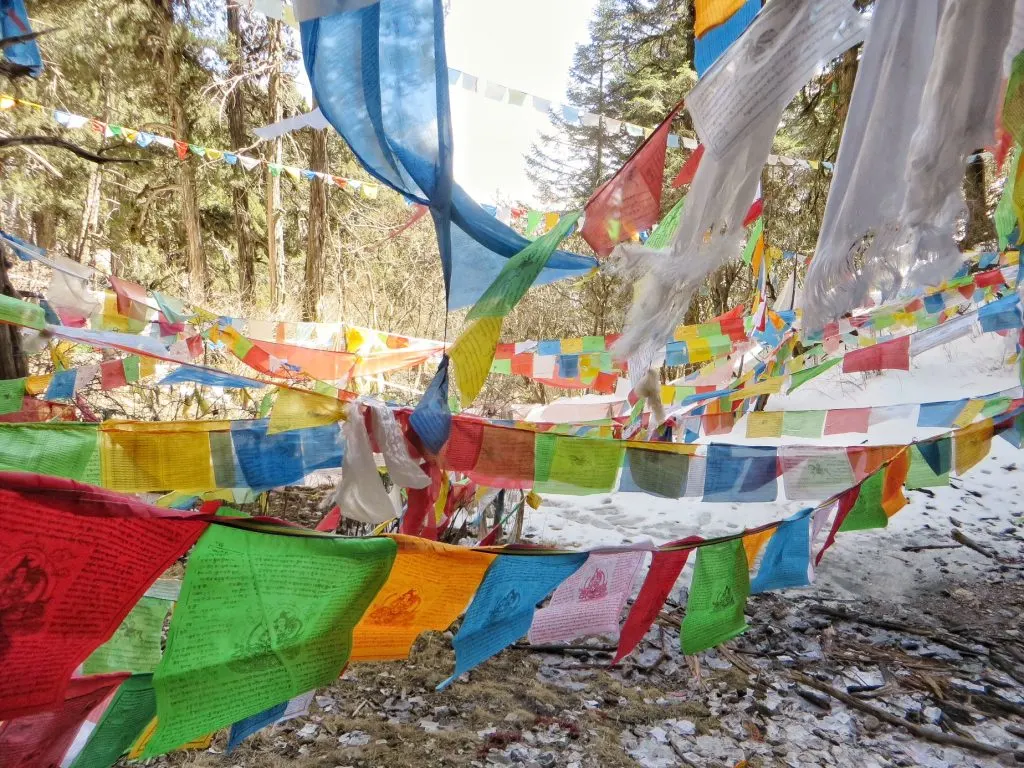
Finding peace
At the beginning of this story I wrote that this was a life-changing trip, and it was. I will never forget the beauty we saw and the people we met. But more than that, it is the sense of peace that I won’t forget. The trip has taught me that I can find peace and be content, something that has always seemed out of reach.
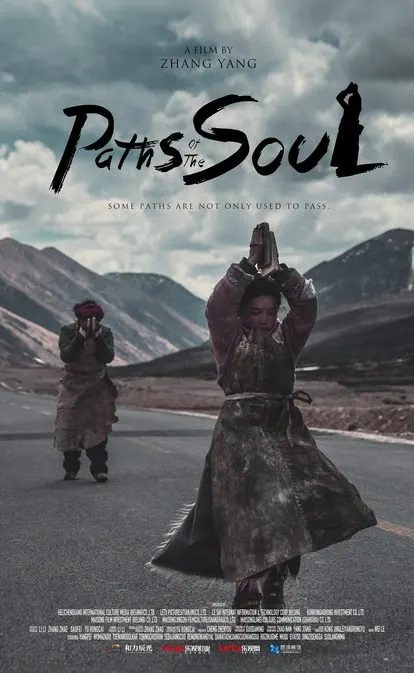
After our trip we watched ‘Paths of the Soul’, a documentary film by Zhang Yang that focuses on the pilgrimage of a group of Tibetans to Lhasa. It is not always easy to watch, but offers an insight into the strength of these people and the harsh yet breathtaking environment they live in.
Thank you for reading this fantastic guest post written by Tanya and Niek.

Find more on their website: lookingfordongxi.com
Or follow them on social media: Facebook – Lookingfordongxi Instagram: @lookingfordongxi
